9161 people reached on Lassi with Lavina FB page – 15 Likes – 482 post clicks
Nadia Shireen Siddiqi, Smita Sathe and 1 other like it on Lassi with Lavina FB page
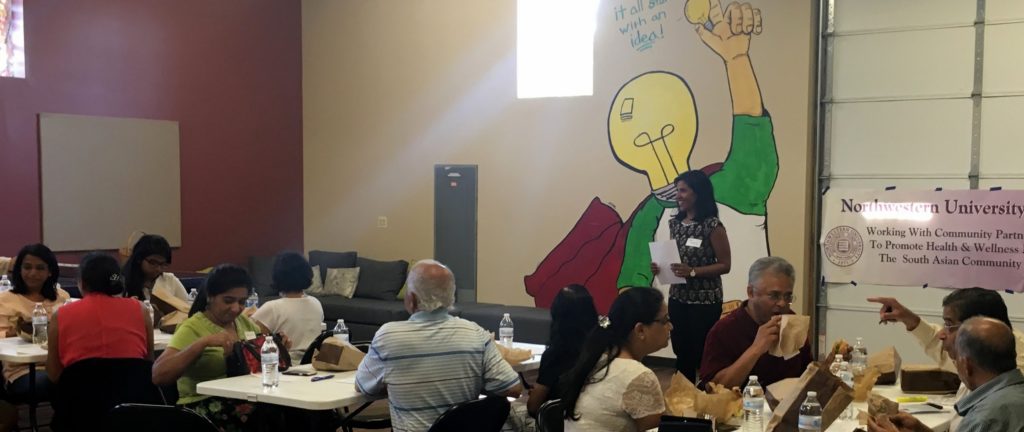
Overcoming the South Asian Disadvantage:
Heart Disease, Diabetes & the MASALA Factor
If you thought masalas were merely something you added into your Indian food – here’s some food for thought – MASALA also stands for Mediators of Atherosclerosis in South Asians Living in America – a groundbreaking new study which highlights the big south Asian disadvantage when it comes to heart health.
[dropcap]I[/dropcap]ndeed, while Indian-Americans are known for many skills which make for financial success – mathematical, technology and scientific prowess – they along with other South Asians have one strong disadvantage – and one that is pre-determined: their genetic susceptibility to heart disease and diabetes.
Heart disease is the number one cause of death worldwide and accounts for 30% of all deaths. South Asians comprise 60% of the world’s heart disease patients and have the highest death rate from heart disease in the US, compared to other ethnic groups. Indeed, South Asians have high rates of heart attacks and stroke that are not explained by known risk factors such as high blood pressure, diabetes or smoking. The MASALA study is trying to identify which factors lead to heart disease in South Asians, and clarity on these factors would help in preventing heart disease amongst this demographic.
The MASALA study was necessary because studies have shown that South Asians have cardiovascular risk factors at younger ages, and yet there was no long-term study that focuses on the South Asian susceptibility and risk factors, or on improving the knowledge and treatment of heart disease in South Asians.
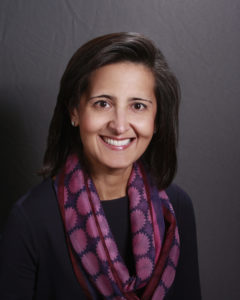
MASALA, whose prime investigators are two Indian-American physicians – Dr. Alka Kanaya and Dr. Namratha Kandula – examines the South Asian health issues with this detailed study and also helps create awareness amongst the South Asian community. Both researchers are the children of immigrants and their work has been influenced by the history of their own families and the needs they saw within the burgeoning South Asian population in the US.
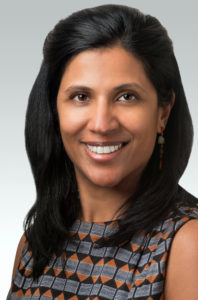
[dropcap]K[/dropcap]anaya was born in Mumbai and came to the US when she was six years old. She is a first generation Indian American who spent some years in Ohio and then moved to the Bay area in California. She recalls, “My father was an electrical engineer and my mother was a real estate broker – no one was in medicine in my family.” She earned her M.D. degree from the University of California, San Francisco in 1995 and a Bachelor of Science degree in Biochemistry from the University of California, Davis in 1990. Kanaya says that her research was influenced by the fact that her great-grandfather died of heart disease and her uncles had also died at an early age. While in medical school she also spent time in India.
A Professor of Medicine, Epidemiology and Biostatistics at the University of California, San Francisco (UCSF) in the Division of General Internal Medicine, she is the principal investigator in MASALA, She is an expert in type 2 diabetes, obesity, and cardiovascular disease, and began the MASALA pilot study in 2006 to obtain preliminary data comparing Asian Indians in the San Francisco Bay Area to four ethnic groups in the United States. With these compelling preliminary findings, the National Institutes of Health funded the larger MASALA Study starting in 2010 which expanded the study to two geographic locations (San Francisco Bay Area and the greater Chicago area).
[dropcap]F[/dropcap]or Dr. Namratha Kandula, whose family is from Telangana and who was born in England and grew up in Philadelphia in the US, heart issues were definitely in her family. Besides being co-investigator in MASALA, she is Associate Professor of Medicine and Preventive Medicine in the division of General Internal Medicine and co-director of the Center for Community Health, Northwest University, Feinberg School of Medicine.
Asked if her work had been influenced by what she observed around her, she said, “ I saw many differences in health care in the U.S. and in India growing up – I saw that there were a lot of inequalities in how healthcare is delivered across the countries and then within the U.S. My grandfather died of a heart attack at a young age, and the health system could not help him in India. As a child of immigrants, I wanted to improve the health system in the U.S. to better meet the needs of immigrants.”
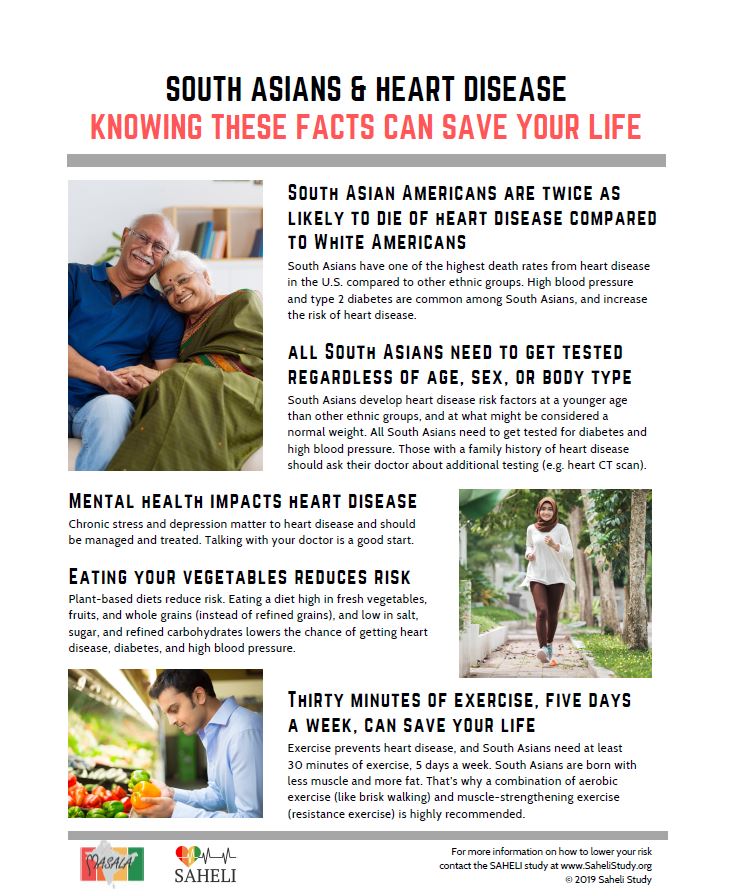
[dropcap]G[/dropcap]rowing up, she knew several Indian families where the fathers had a heart attack at a young age, even though they seemed healthy. One of them was her father’s best friend who had a heart attack while he was jogging.
One of the important findings is about the danger of belly fat in South Asians. In MASALA, fat has been measured from around the heart (pericardial), in the liver (hepatic), in the muscle (intermuscular), in the body cavity (visceral), and under the skin (subcutaneous). The area under the skin is traditionally considered the primary location of fat storage in healthy normal weight individuals. The MASALA study found that more fat around the heart and in the body cavity had the strongest associations with heart disease risk, followed by fat in the muscle.
“The South Asian body is more apple shaped, with fat stored in all the wrong places including muscles and abdomen,” says Kanaya. “The way to lose belly fat is not to get overweight in the first place because the first place you lose weight or gain weight is in the belly.” .
Lifestyle and diet are also key components. As The New York Times noted, “Cardiovascular risks tended to be highest in two groups: those who maintained very strong ties to traditional South Asian religious, cultural and dietary customs, and those who vigorously embraced a Western lifestyle. Those with lower risk are what the researchers call bicultural, maintaining some aspects of traditional South Asian culture while also adopting some healthy Western habits.”
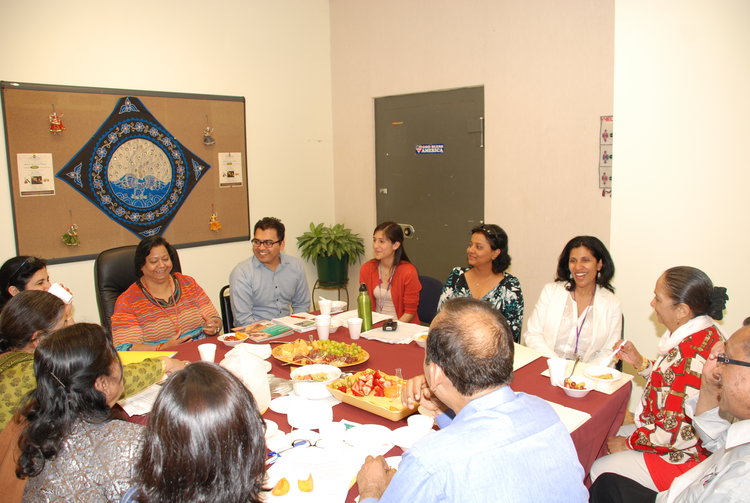
[dropcap]A[/dropcap]re these heart issues affecting mostly men or are women affected too? Says Kandula, “Men and women are both at risk. Indian women often delay care because they are focused on care giving for their families. We have also found that women face unique barriers to exercising and need additional support and encouragement to become more physically active.”
The goal is to reach out to the community and create awareness of the risk factors. One of the initiatives is Saheli. South Asians are underrepresented in heart disease prevention research even though they have a very high risk compared to other ethnic groups in the U.S. In 2013, Saheli was awarded the Community-Engaged Research Partnership Award by the Alliance for Research in Chicagoland Communities (ARCC).
Both Kanaya and Kandula reach out to the community through faith based organizations and speak to community leaders to create awareness amongst the South Asian population to bring about healthy changes. “As the community has grown there are many more ways for people to get together and have community events and eat not so healthy foods,” says Kanaya.
“There’s a wedding or a puja almost every weekend so our message is to really clearly monitor what we are eating. Instead of distributing mithai at a puja, the healthy alternative would be a small bag of nuts – these are the small steps one needs to take.”
Here are some sites with valuable information about these initiatives:
https://www.masalastudy.org/

2 Comments
Glad to share it, Sarab! It’s a chance to change our lifestyles and live smarter. I am certainly going to incorporate some of the changes!
Very useful information. Thank you Lavina for posting this.